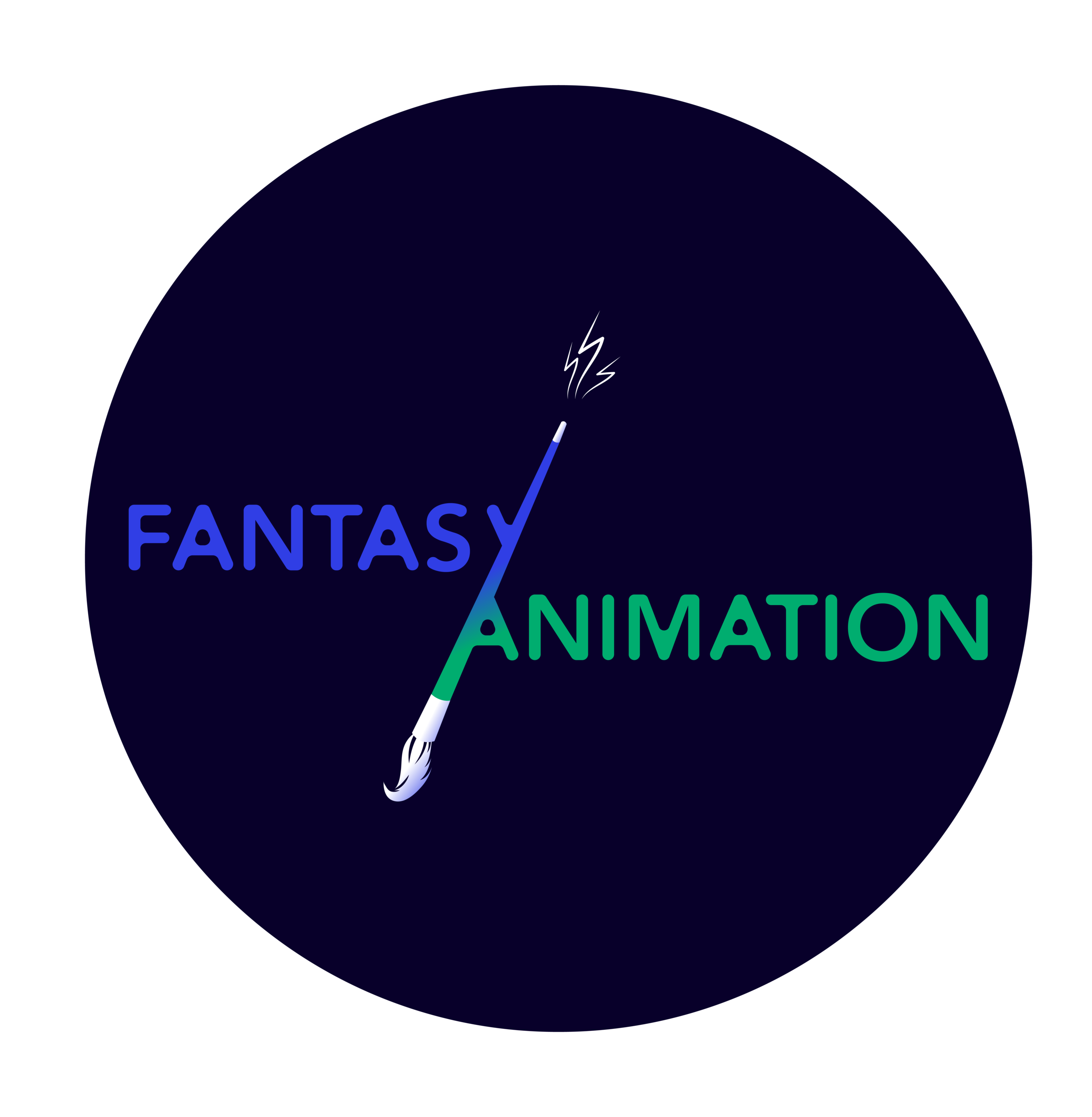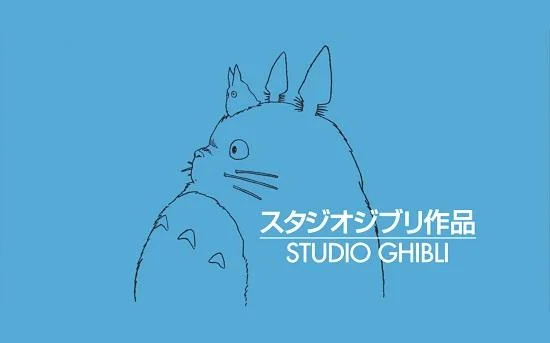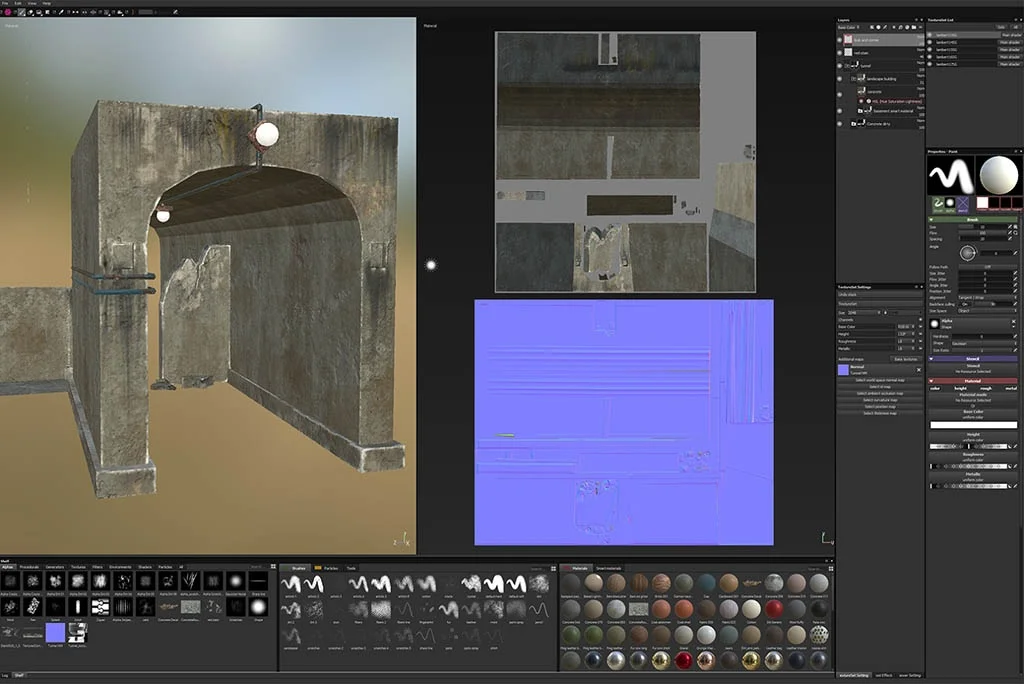Unless you enjoy paying to watch one very long and annoying advert for a toyline you no longer play with, I suspect Playmobil: The Movie (Lino DiSalvo, 2019) isn’t for you. Based on an original story by Lino DiSalvo, Playmobil: The Movie (Fig. 1) tells the story of Marla (Anya Taylor-Joy) and Charlie Brenner (Gabriel Bateman), two siblings who are sucked into a Playmobil world filled with tacky plastic adventures and totally unmemorable side characters.
Read MoreI want to tell you about my favourite personal interest and ruling passion as a scholar, the thing I find it hard to live without; television animation. But you should know something about me first. I was diagnosed very young with Asperger’s Syndrome, which is considered to be on the high end of the Autism spectrum. People with Asperger’s can function well by themselves and amongst friends and family, and work well when given tasks that they can do, but find it very difficult communicating to others if they don’t know how to, or if they have never met or interacted with someone before.
Read MoreNature inspires all forms of creativity, playing an important role in a range of fantasy stories and feature films. The context of the natural environment is not only often vital to the atmosphere of each story’s setting but, equally, the direction and drama of the unfolding plot. In this blog post, I wish to discuss how natural symbols in Norse legend influence in particular some of the animated fantasy media we see today; including the film adaptations of The Lord of the Rings (Peter Jackson, 2001-2003), the Marvel Cinematic Universe superhero franchise, and the recent series Vikings (Michael Hirst, 2013-).
Read MoreReleased in 2018, Spider-Man: Into the Spider-Verse (Bob Persichetti, Peter Ramsey & Rodney Rothman, 2018) explored the visual storytelling possibilities of animation. A computer-animated superhero feature film that retells the story of Miles Morales, a boy bitten by a radio-active spider giving him similar powers to those of Spider-Man, Spider-Man: Into the Spider-Verse bucks many of the traditional techniques of animation, and the production team used novel techniques to depict motion, depth of field, and emotion. Particularly notable is the combination of comic book elements within an animated feature. How do these novel techniques, alongside the combination of comic book mythology and animated storytelling, impact viewers’ comprehension of and experience of the story?
Read MoreNow that the proverbial dust has settled on Avengers: Endgame (Anthony Russo & Joe Russo, 2019), the fallout from the almost-three hour epic can well and truly begin. To immediately follow a film that is, to date, the highest-grossing film of 2019 and now the second-highest of all time (behind, of course, Avatar [James Cameron, 2009]) was always a tricky, if not borderline impossible, act. Yet coming a mere three months after Endgame and just two years (and six films) after Spider-Man: Homecoming (Jon Watts, 2017), the next instalment Spider-Man: Far From Home (Jon Watts, 2019) does a more than admirable job of taking up the reins left slack in a post-Endgame world.
Read MoreSet in the DC universe, North American animation television series Young Justice (2010-) follows a large ensemble of superheroes who undertake various covert missions. While iconic figures such as Superman, Batman, and Wonder Woman do make fleeting appearances, the programme deliberately spotlights lesser-known characters and sidekicks (Fig. 1). The first season followed the first Robin, Aqualad, Kid Flash, Superboy, Miss Martian, and Artemis. The second introduced a plethora of new team members but mostly focused on the second Blue Beetle and Impulse, the Flash’s time-traveling grandson.
Read MoreSince Toy Story (John Lasseter, 1995) hit cinema screens worldwide in November 1995, audiences have witnessed a series of dramatic changes within the animated medium, particularly in Hollywood. Having signed a contract with Pixar Animation Studios in 1991, Disney were initially hesitant to give the very first computer-animated film about a collection of toys the same commercial backing as their traditional cel-animated features. Until, that is, they saw the toys come to life.
Read MoreIn September 2018, after ten seasons following a human boy named Finn, his adoptive brother, a shape-shifting, talking dog named Jake (Fig.1), and their zany hijinks, quests, and adventures in the post-nuclear apocalyptic land of Ooo, cult-pop cartoon series Adventure Time (Pendleton Ward, 2010-2018) finally drew to a close. With themes of temporality, cyclicality, the apocalypse, and growing up, the narrative of Adventure Time seems to be in direct conversation with its time-constricted episodic television format, as well as the time-and-physics-bending medium of animation.
Read MoreLocated in Annecy, France, the Annecy International Animation Film Festival was founded in 1960 and has been held annually since 1997. This year, the festival took place 10th-15th June, boasting its usual range of screenings and events: features, shorts, student films, television shows, commissioned works, and VR works (Fig. 1). The shorts in particular displayed a wide collection of animated techniques and materials. Highlights include the clay-on-glass musical retelling of America’s first circus elephant in The Elephant’s Song (Lynn Tomlinson, 2018), the self-reflexive Pinscreen exercise Jim Zipper (Alexandre Roy, 2018), and the impeccably smooth stop-motion porcelain animals of Winter in Rainforest (Anu-Laura Tuttelberg, 2019).
Read MoreA little while ago I did some work on fantasy cinema and, while I’m keen to avoid the slightly unedifying spectacle of trawling through that material again, I would like to spend a little time thinking about a couple of its omissions: animation and violence. One reason for visiting these topics now is that I wonder whether violence in fantasy and/or animation may run the risk of not being taken seriously at all, possibly on grounds of realism. If the violence is so obviously signposted as fictional through its animated or fantastical nature, aren’t we missing the point if we start talking about its meaning and significance?
Read MoreNiggun is a science-fiction hand drawn animated film that mixes the theme of spiritual quest with a space odyssey. It takes place in a post apocalyptic future where earth is gone and Jerusalem has become a legend. The original idea for the film began with a small illustration I made of David Bowie’s Space Oddity, depicting major Tom floating in a tin can. The theme of being lost in space representing some kind of existential crisis made me look for a story behind that astronaut (Fig. 1). In my point of view, Jews were never meant for space travel.
Read MoreBilled as the first “live-action” Pokémon film, Pokémon Detective Pikachu (Rob Letterman, 2019) adapts some of the franchise’s core themes and mechanics. The film also continues the endeavour of augmented reality game Pokémon GO (2016) – which on release sparked a sensation that saw players from all walks of life hunting Pokémon in the spaces around them via their mobile phones – to bring Pokémon into the real world.
Read MoreI probably should admit upfront that I am an avid fan of J.R.R Tolkien’s The Lord of the Rings. When Peter Jackson’s trilogy was released back in 2001-2003, I devoured the books and watched each film three times at the cinema. I marvelled at the extended DVD versions (with a complete running time of over 11 hours) and trawled through all the extra bonus material countless times over. I was even lucky enough to visit some of the film locations during a visit to New Zealand, a place that is stunning enough without CGI wizardry.
Read MoreAn academic conference on the key creative figures and animated feature films of renowned Japanese production house Studio Ghibli seems an obvious - even borderline ideal - candidate for working through the interplay between fantasy and animation. Our earlier podcast on their third cel-animated feature My Neighbor Totoro (Hayao Miyazaki, 1988) - whose primary spirit character Totoro now functions as the company’s logo image (Fig.1) - suggested just how much there was to say not only about the adventures of the eponymous creature, but the studio’s origins and evolution, production practices, and their relationship to anime as a creative medium, if not Ghibli’s longstanding critical repute and ongoing commercial acclaim.
Read MoreThe term ambivalence was coined by the psychiatrist Eugen Bleuler to describe two opposite ideas that coexist in uneasy union. While superheroes are often understood as narratives of assurance, comfort and security, it is ambivalence, or even anxiety, that provides the more useful concept when it comes to interrogating the dynamics at work in the cinematic superhero phenomena. This is particularly the case in its relationship with technology, both aesthetically and philosophically.
Read MoreFrom a costume design point of view, a combination of the words ‘fantasy’ and ‘animation’ directly creates an impression of visually innovative costumes. After all, in animation anything imaginative can be designed, breaking the laws of gravity (with costume) or establishing textiles which are not bound to or are replicated from the real life. What a fruitful starting point for costume design!
Read MoreMy own initiation into fashion film was a hesitant one, uncertain as to whether fashion films could ever be situated on the same spectrum as traditional film. The role that fashion film plays within cinema is still relatively undiscovered. Films dissected by Stella Bruzzi (1999) have often explored both fashion and film as two separate entities, which combine in challenging identity and metaphorical gestures, as well as aesthetics; whilst an auteur of the early fashion film, Guy Bourdin, created voyeuristic moving images which have only in recent years, begun to emerge to a wider audience.
Read MoreIf any readers are expecting a definition to be provided in this review as to what exactly the term aurelia refers to in Carol Mavor’s recent book, they are likely to be disappointed. Having now read Aurelia: Art and Literature Through the Mouth of the Fairy Tale (London: Reaktion Books, 2017), I am still unsure what it means. In fact, I get the sense that this might indeed be partially the point. Aurelia is not a book which aims to clarify and explain so much as it seeks to provoke and inspire. It is nominally a book about fairy tales.
Read MoreIt was with a degree of trepidation that I went to see the “live-action” (in reality, animation/live-action hybrid) remake of Dumbo (Tim Burton, 2019). After all, the 1941 original, both narratively and in terms of its characters, is such that it cannot be easily translated into the hyper-real form of CG animation that is typically billed (inaccurately) as “live-action,” and simultaneously retain the whimsy and sweetness of the original.
Read MoreMy name is Mani Haider and I am an indie games developer. In this post, I would like to discuss the creative and technical process behind my latest game, Delirium, explaining how I became inspired to produce this sci-fi/horror game as my latest project. I was first inspired to work in games design in 2016, when I was working as a runner within the film industry and was exposed to the work of amazing concept artists working in the visual effects studio.
Read More



















